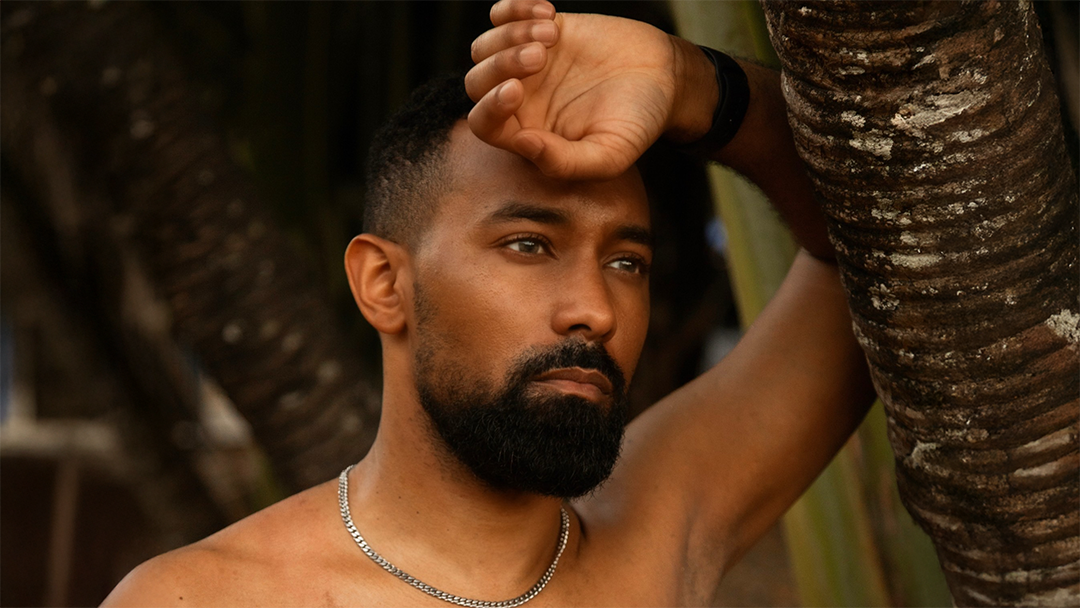The supernatural realm in the world of comic books has always been the home for some of the most complex and powerful characters ever. In DC Comics, characters like John Constantine serve as the backbone of the supernatural world. His devil may care attitude mixed with his unorthodox means of doing the right thing in every case, have made him a template for supernatural heroes. That said, there was a time when the most unlikely hero in Marvel Comics took on a similar role as a spirit detective and helped to redefine the character for years to come. The hero in question is none other than the Scarlet Witch.
With a host of artists offering a new style for each story, James Robinson's Scarlet Witch twisted the term superhero for the character and offered a version of Wanda that readers had never seen. Following her tumultuous time during the Avengers: Disassembled and House of M events, Wanda chose to walk her own path away from teams and away from the word of heroes. However, she never stopped helping and instead used her gifts to travel the world and solve supernatural problems.
In each issue, new artists would be brought in to focus on different situations. While some mysteries would require all-out violence to solve, others took a more detective approach. A great example of this was in Scarlet Witch #5 by James Robinson and Javier Pulido, which saw Wanda traveling to Spain to uncover the source of the restless spirits that lived in a small cathedral. What she found was one tormented soul, killed unjustly, and a curse that would take her magical expertise and motherly touch to lift.
Wanda would also tackle her own mortality as she traveled the Witch's Road, and readers learned how her magic kept her young but was far from permanent. While walking the road with the spirit of her mentor Agatha Harkness, Wanda also encountered her mother, Natalya, and learned of her true past. By the end of the series, Wanda had filled in the missing pieces of her life, mended bridges she didn't know were burned and found the hero within that she felt was lost when she fractured the Avengers. But throughout her personal struggles, she never stopped doing what she could to help those in need against threats they couldn't understand. Much like Constantine, she wrestled with her demons in private but used her skills to ensure others wouldn't face theirs as well.
Perhaps the most iconic aspect of the series was the striking design. Much like Matt Fraction and David Aja's Hawkeye, Aja also brought his simplistic style to the series with each cover. Using only red, white and black to build a striking cover, readers can understand the complexities of Wanda through the intricacies of her poses and outfit. Her outfit was yet another highlight of the series as it captured the elegance and confidence of the character and even served as inspiration for her Marvel Cinematic Universe outfit. While Robinson's work told the story more directly, each artist involved brought a new style to each story that fleshed out the many layers of the character.
John Constantine may not be as prominent as Scarlet Witch, but the essence of what has made him an icon for DC can be easily felt in the pages of Scarlet Witch. Like Constantine, Wanda drowned herself in the problems of others so that she wouldn't have to face her own. But as the book progressed, it became clear that she was growing with each mystery. She became more independent and confident in herself and served as an inspiration for anyone dealing with trauma that time can heal all wounds. In the end, Wanda was a supernatural detective, and even though she wasn't actively a superhero, she couldn't help but save others and herself.




